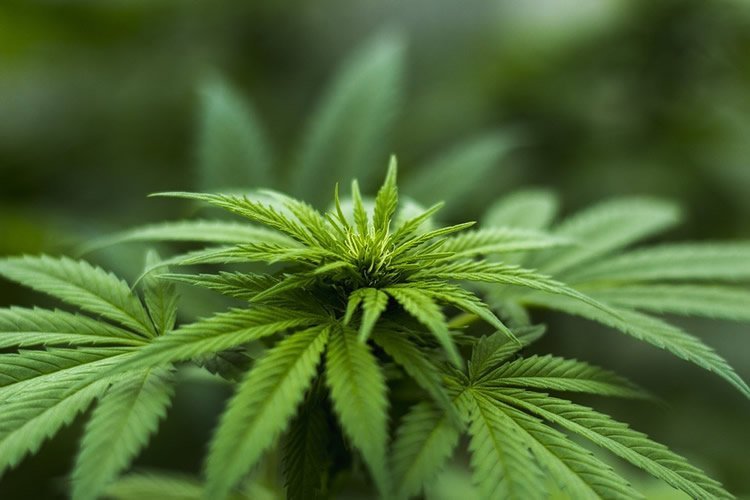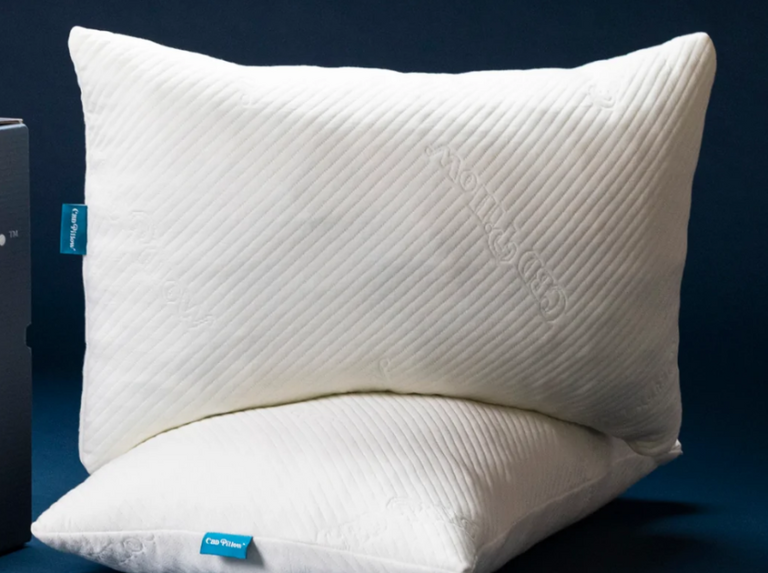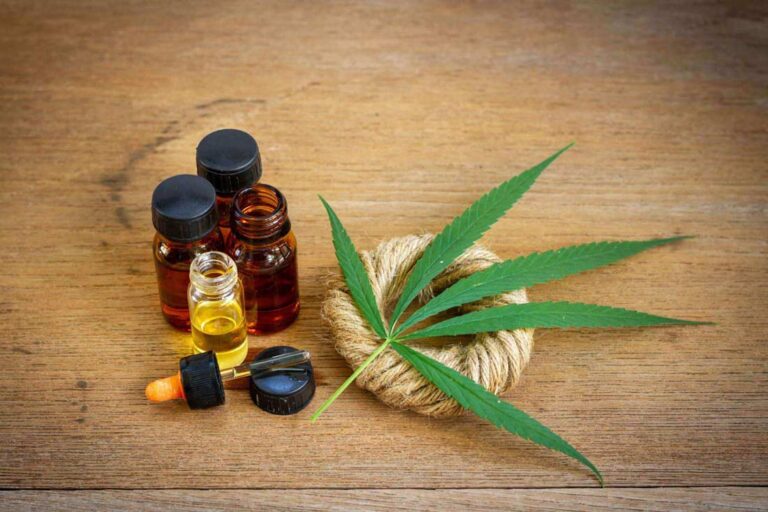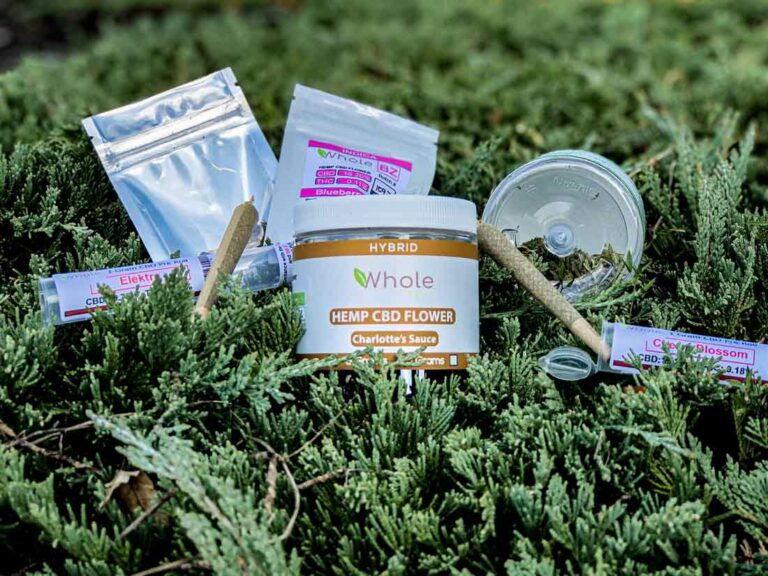Summary: A new study reveals the potency of THC in both herbal cannabis and cannabis resin has increased significantly in Europe since 2006.
Source: University of Bath.
Cannabis resin and herbal cannabis have significantly increased in potency and in price, according to the first study to investigate changes in cannabis across Europe.
The study, published today in the journal Addiction by researchers from the University of Bath and King’s College London, draws on data collected from across 28 EU Member states, as well as Norway and Turkey by the European Monitoring Centre for Drugs and Drug Addiction.
The findings show that for herbal cannabis, concentrations of delta-9-tetrahydrocannabinol (‘THC’ – the main psychoactive constituent of cannabis) increased by a similar amount each year, from 5% in 2006 to 10% in 2016.
For cannabis resin (or hash), THC concentrations were relatively stable from 2006 to 2011 (from 8% to 10%) but then increased rapidly from 2011 to 2016 (from 10% to 17%). The price of cannabis resin also increased, but to a lesser extent than for herbal cannabis.
Lead author Dr Tom Freeman from the Addiction and Mental Health Group within the Department of Psychology at the University of Bath, said: “These findings show that cannabis resin has changed rapidly across Europe, resulting in a more potent and better value product.”
Unlike herbal cannabis, cannabis resin typically contains cannabidiol (CBD) in addition to THC. CBD has recently attracted considerable interest due to its potential to treat several medical conditions including childhood epilepsy syndromes, psychosis and anxiety. When present in cannabis, CBD may offset some of the harmful effects of THC such as paranoia and memory impairment.
Cannabis containing higher levels of THC and / or lower levels of CBD has been linked to greater long-term harms such as the development of cannabis dependence, and an increased risk of psychotic illness. New resin production techniques in Morocco and Europe have increased levels of THC, but not CBD.
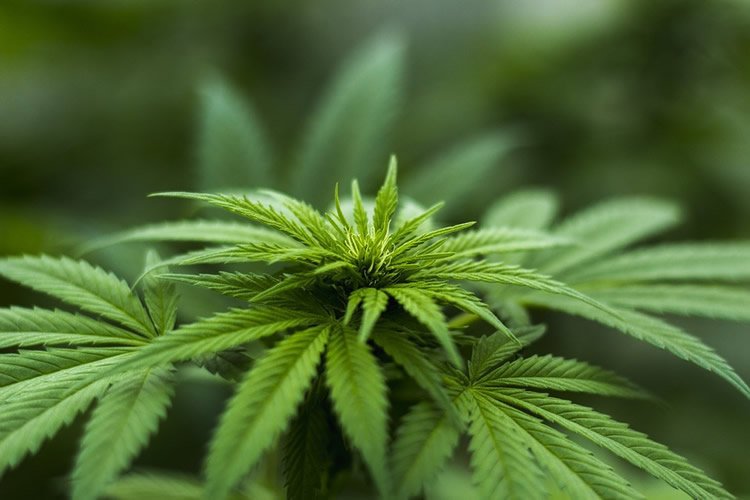
Dr Freeman added: “CBD has the potential to make cannabis safer, without limiting the positive effects users seek. What we are seeing in Europe is an increase in THC and either stable or decreasing levels of CBD, potentially making cannabis more harmful. These changes in the illicit market are largely hidden from scientific investigation and are difficult to target by policy-makers. An alternative option could be to attempt to control THC and CBD content through regulation.”
It is estimated that 24 million people (or 7.2%) of European adults used cannabis in the last year. Across the globe 192 million people use the drug in a variety of markets, ranging from heavily sanctioned prohibition to commercialised legal sale. Cannabis policies are rapidly changing across the globe.
Recreational use is now legalised in Canada and several US states, and medical use is permitted in many more countries, including very recently in the UK.
About this neuroscience research article
Funding: The work was funded by the Society for the Study of Addiction.
Source: Andy Dunne – University of Bath
Publisher: Organized by NeuroscienceNews.com.
Image Source: NeuroscienceNews.com image is in the public domain.
Original Research: Open access research for “Increasing potency and price of cannabis in Europe, 2006‐2016” by Tom P. Freeman, Teodora Groshkova, Andrew Cunningham, Roumen Sedefov, Paul Griffiths, and Michael T. Lynksey in Addiction. Published December 28 2018.
doi:10.1111/add.14525
Cite This NeuroscienceNews.com Article
[cbtabs][cbtab title=”MLA”]University of Bath”Increased Risk of Harm From Cannabis Across Europe.” NeuroscienceNews. NeuroscienceNews, 2 January 2019.
<https://neurosciencenews.com/cannabis-harm-europe-10413/>.[/cbtab][cbtab title=”APA”]University of Bath(2019, January 2). Increased Risk of Harm From Cannabis Across Europe. NeuroscienceNews. Retrieved January 2, 2019 from https://neurosciencenews.com/cannabis-harm-europe-10413/[/cbtab][cbtab title=”Chicago”]University of Bath”Increased Risk of Harm From Cannabis Across Europe.” https://neurosciencenews.com/cannabis-harm-europe-10413/ (accessed January 2, 2019).[/cbtab][/cbtabs]
Abstract
Increasing potency and price of cannabis in Europe, 2006‐2016
Aims
To quantify changes in (i) potency (concentration of Δ9‐tetrahydrocannabinol; %THC), (ii) price (Euros/gram of cannabis), and (iii) value (quantity of THC per price unit; mg THC/Euro) of cannabis resin and herbal cannabis in Europe.
Design
Repeated cross‐sectional study.
Setting and participants
Data collected from 28 EU member states, Norway and Turkey by the European Monitoring Centre for Drugs and Drug Addiction.
Measurements
Outcome variables were potency, price, and value for cannabis resin and herbal cannabis in Europe, 2006‐2016. Inflation was estimated using the Harmonised Indices of Consumer Prices. Mixed effects linear regression models were used to estimate linear and quadratic time trends, with a random intercept and slope fitted to account for variation across countries.
Findings
Resin potency increased from a mean (95% CI) of 8.14% THC (6.89, 9.49) in 2006 to 17.22 (15.23, 19.25) in 2016. Resin price increased from 8.21 Euros/gram (7.54, 8.97) to 12.27 (10.62, 14.16). Resin increased in value, from 11.00 mg THC per Euro (8.60, 13.62) to 16.39 (13.68, 19.05). Quadratic time trends for resin potency and value indicated minimal change from 2006‐2011, followed by marked increases from 2011‐2016. Herbal cannabis potency increased from 5.00% THC (3.91, 6.23) to 10.22 (9.01, 11.47). Herbal price increased from 7.36 Euros/gram (6.22, 8.53) to 12.22 (10.59, 14.03). The value of herbal cannabis did not change from 12.65 mg of THC (10.18, 15.34) to 12.72 (10.73, 14.73). All price trends persisted after adjusting for inflation.
Conclusions
European cannabis resin and herbal cannabis increased in potency and price from 2006‐2016. Cannabis resin (but not herbal cannabis) increased in the quantity of Δ9‐tetrahydrocannabinol per Euro spent. Marked increases in resin potency and value from 2011‐2016 are consistent with the emergence of new resin production techniques in European and neighbouring drug markets.
Feel free to share this Neuroscience News.
Source: neurosciencenews.com
